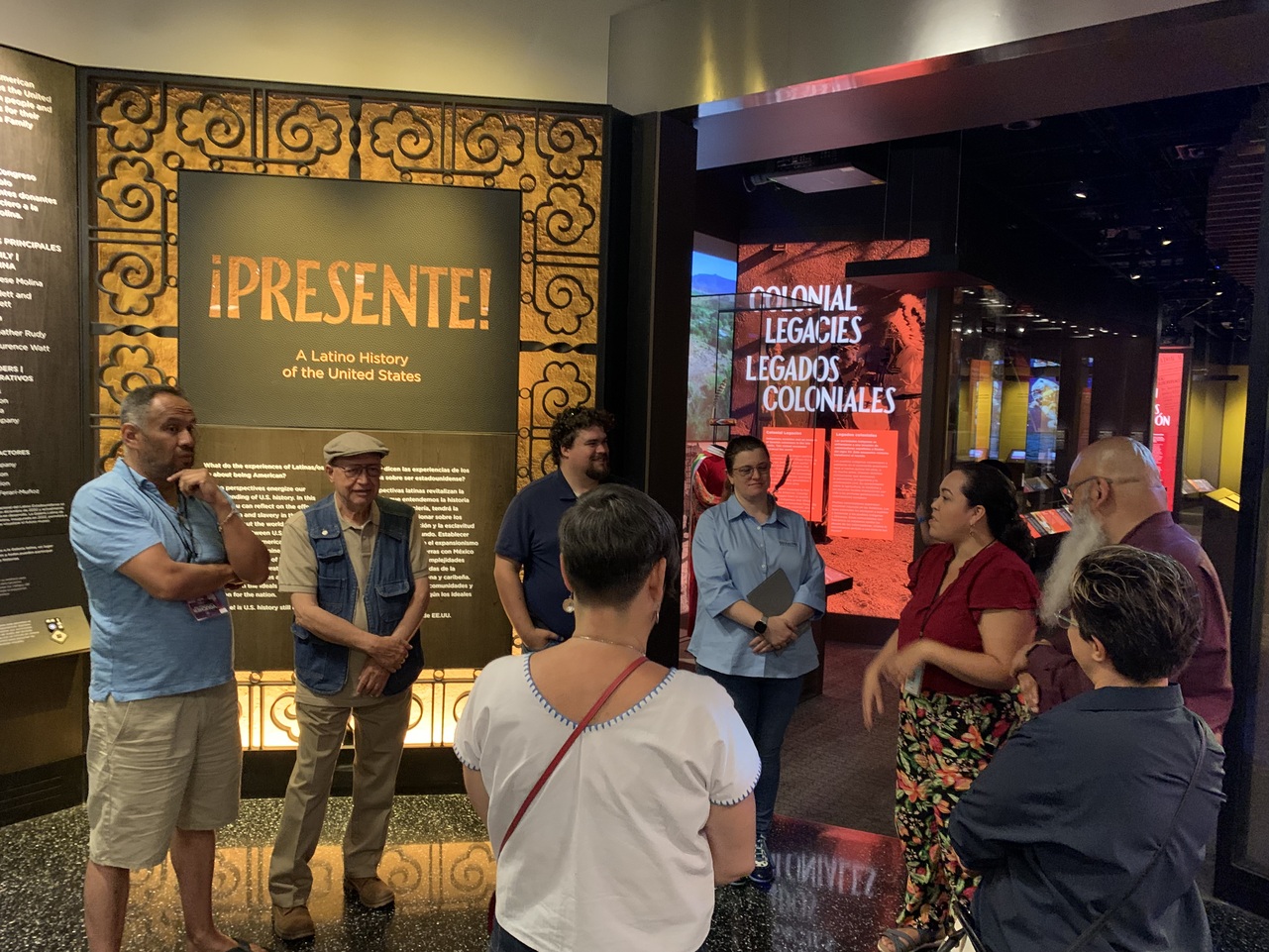Sanctuary Cities Under Fire by Trump Administration
President Donald Trump has signed a total of 7 Executive orders in his first eight days of office, many orders focusing specifically on issues that were the cornerstone of his campaign. Among them, the executive order titled, Enhancing Public Safety in the Interior of the United States, specifically tackles is policies on immigration reform and sanctuary cities.
In the beginning of the order it highlights the Trump administration’s view on cities that uphold the fourth amendment. “Sanctuary jurisdictions across the United States willfully violate Federal law in an attempt to shield aliens from removal from the United States. These jurisdictions have caused immeasurable harm to the American people and to the very fabric of our Republic.”
Despite this clause, a study completed by Tom K. Wong with the Center for American Progress and recently re-released by Mayor Kenney shows data to the contrary, highlighting statistics that indicate sanctuary cities are safer as a whole.
“There are, on average, 35.5 fewer crimes committed per 10,000 people in sanctuary counties compared to nonsanctuary counties [...]The poverty rate is 2.3 percent lower, on average, in sanctuary counties compared to nonsanctuary counties. Unemployment is, on average, 1.1 percent lower in sanctuary counties compared to nonsanctuary counties,” the report states.
In addition the report indicates the report quotes a statement issued by the International Association of Chiefs of Police that says, “[S]tate and local law enforcement should not be involved in the enforcement of civil immigration laws since such involvement would likely have a chilling effect on both legal and illegal aliens reporting criminal activity or assisting police in criminal investigations.”
A decrease in crime rate and increase in income per household have all been shown to be The data indicate that crime is statistically significantly lower in sanctuary counties in large central metro counties, small metro counties, micropolitan counties, and noncore, rural counties. Large central metro counties show the most pronounced difference. Large central metro sanctuary counties have 65.4 crimes fewer per 10,000 people than large central metro nonsanctuary counties.
Mayor Kenney has doubled-down on his stance that “The fact of the matter is that almost every major police chief in the nation agrees that sanctuary cities are the way to go because it makes the cities actually safer rather than having immigrants and other folks be afraid of talking to the police. They’re less likely to report a crime if they witness a crime [...] even if they’re here documented, they’re still afraid that contact with police agents will result in their deportation.
According to a close legal counsel source that chose to remain anonymous, the executive order signed by President Trump elevates the status of a detainer to that of a warrant. The counsel emphasized that a judge has to grant a warrant to the law enforcement officials, operating on the system of checks and balances. A detainer can only be submitted as a request, as concluded in federal court by Galarza vs. Szalczyk, a case from 2014.
The case was centered on Ernesto Galarza, who was born a U. S. citizen in New Jersey and is of Puerto Rican descent. He was held by Immigration and Customs Enforcement (ICE) official for three days in the Lehigh County Prison. The ordered his detention, on the grounds that he was an undocumented immigrant from the Dominican Republic.
The case was filed in Lehigh County in the city of Allentown on November 2010. And despite the defendants paying Mr. Galarza to settle his claims in 2012 to a total of $50,000, the trial court dismissed the claims against Lehigh County, ruling that the County could not be held liable for violating his rights because it had no choice but to honor the ICE detainer. In March 2014, the U.S. Court of Appeals for the Third Circuit held that ICE detainers are requests to detain someone. The court stated that without a constitutional backing, a detainer cannot be used to detain someone because counties do not have to comply with ICE detainers. In April 2014, Lehigh County settled with Mr. Galarza for $95,000 and agreed to adopt a policy of no longer honoring ICE detainers without a court order.
While there has been no indication as of yet as to how the executive order will work on the local level, the federal case may be the grounds under which Philadelphia and other cities throughout the country can maintain their sanctuary status. The federal court case has not been used as of yet to challenge the executive order, but Mayor Kenney has stated that the city will use any method necessary to keep Philadelphia a “Fourth Amendment” city.
“To throw our immigrant communities under the bus because I’m afraid of Donald Trump, Pat Toomey or anyone else would be an absolute insult to the memory of my ancestors. So you can be assured that regardless of what bubbles up in Harrisburg or what bubbles up in Washington, we will fight it. We will fight it in the courts. We will fight it in anyway we can fight it. We will fight and we will not give up,” Kenney stated at a Multicultural Media Roundtable.










DEJE UN COMENTARIO:
¡Únete a la discusión! Deja un comentario.